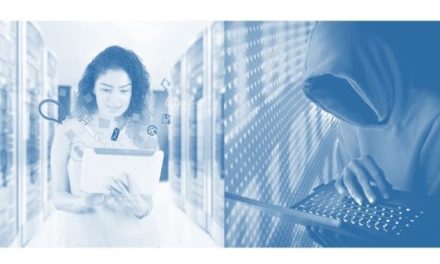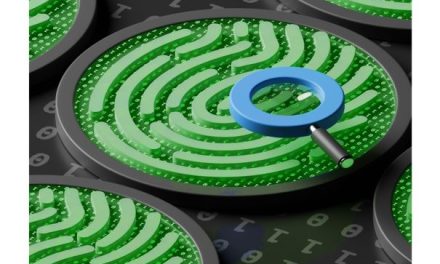The pace of change in cybersecurity is quickening as technologies like 5G and artificial intelligence enable new services, products and modes of communication.
Most medium and large organisations are coming to terms with the fact that a cyber security incident is not a factor of ‘if’, but rather ‘when’, however, many operations are still struggling to translate this into the right security architecture, training and mindset.
Though varied in their uses, from consumer goods and smart cities to the Industrial Internet of Things (IoT) and in their level of maturity, nearly all are defined by growing connectivity and the risks and opportunities this brings.
Inter-connectivity is one trend from 2019 that will help define 2020. By analyzing it along with other macro trends spotted in the previous year, we can make the following 2020 cybersecurity predictions with at least some degree of confidence.
Cybersecurity will remain an important topic and on top of the priority list for every enterprise as it encounters massive amounts of data that are created every single day. While looking for all the possible cybersecurity trends in 2020, it is evident that 2019 was an exciting year for the cybersecurity industry.
Cybersecurity is still a significant issue in the minds of every business leader.
This year, the need for organisations to keep GDPR in mind has remained prominent. The efforts taken to protect the organisation from cyber threats have never been higher. So, what cybersecurity trends can we expect to witness in 2020?
Here are 3 things to consider.
Cybersecurity Improvements:
One of the cybersecurity trends to look out for is the constant need to see the ongoing development in the relevant regulations concerning cybersecurity. The dynamic and rapidly moving nature of cybersecurity becomes a significant regulation that is far too slow to be considered as a benefit and might restrict the security by building a culture of compliance with rules and a false sense of security against enemies that are agile, motivated, and smart.
Data Theft:
The enterprises can expect to come across attackers with changing methodology from pure data theft and website hacking to attacking data integrity itself. Such attacks, with an outspoken theft of data, will cause long-term, reputational damage to people or groups by getting people to question the integrity of their data. Some firms are already making use of AI to sort and check the integrity of data more efficiently.
Attackers and Mode of Attack:
Hackers might also appear more organised and commercialised. Furthermore, they might have their call centers like the ones, which were already witnessed with fake dating sites. They might find a platform for themselves, where cybercrime is rarely regarded as a crime, and thereby putting themselves outside their victims’ police powers.
 Looking Ahead
Looking Ahead
It’s important that these predictions, which stem from known trends, are acted on as quickly and effectively as possible. Doing so will ensure that the promise of next-generation technology is not derailed, but rather the beginning of a transformative decade to come.
Source: Cyber Security Intelligence


























